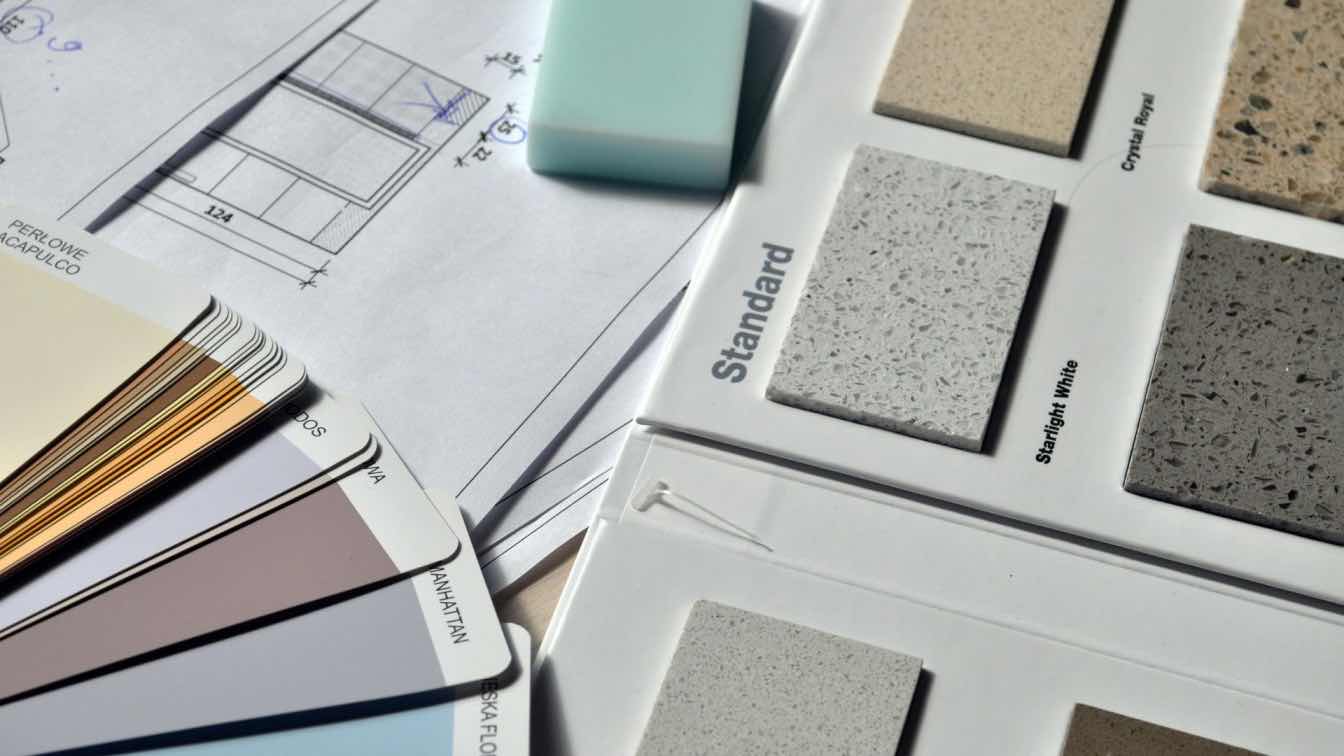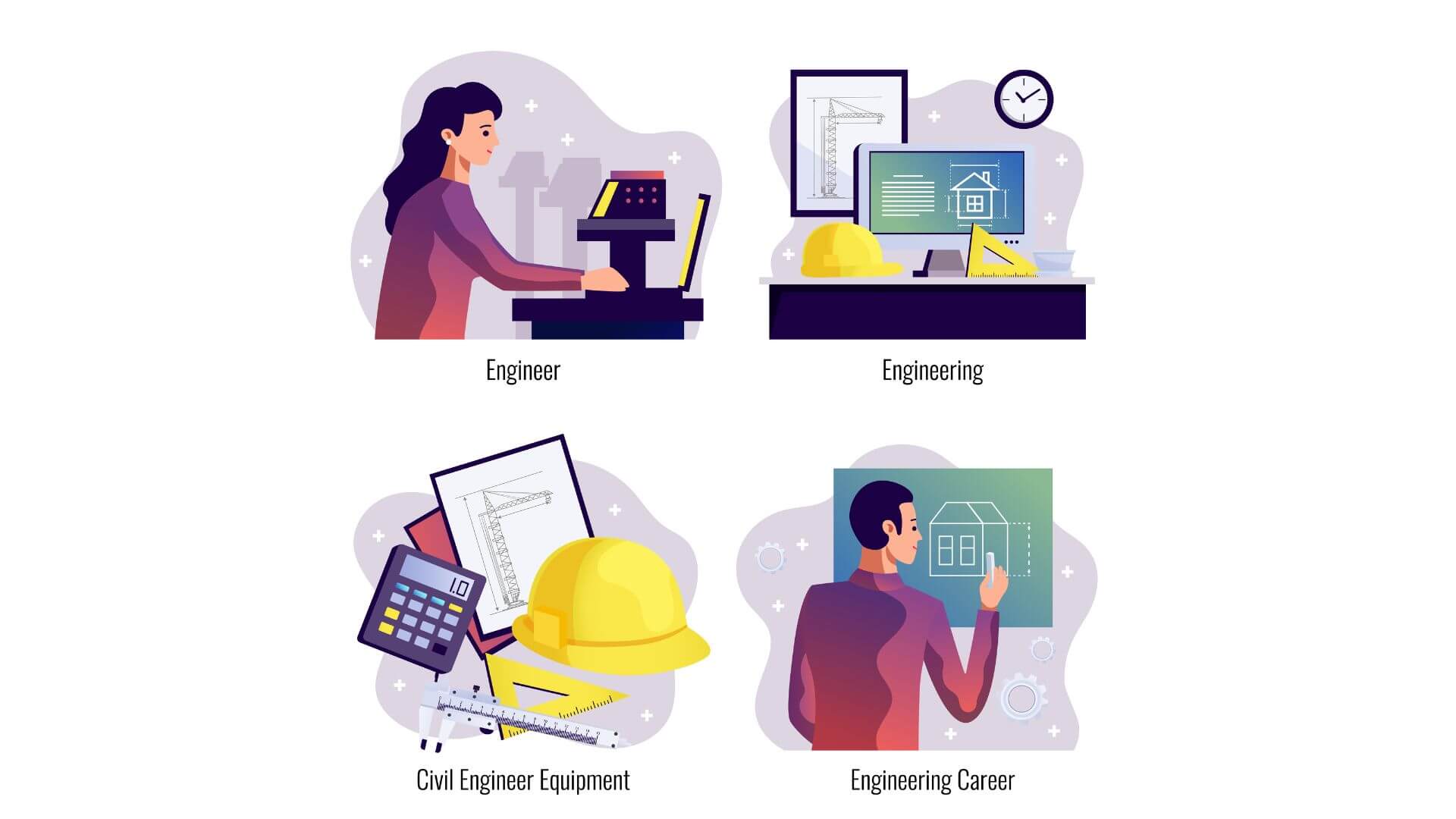The construction and design industries are constantly evolving. This upward trend is driven by the need for more sustainable, efficient, and innovative solutions. Several trends in construction and design materials are set to revolutionize the industry.
These trends not only promise to enhance the durability and functionality of buildings but also to contribute to more sustainable and aesthetically pleasing environments. Let's explore some of the most promising future trends in construction and design materials.
1. Sustainable Materials
Sustainability is at the forefront of future construction trends. The world has been grappling with environmental challenges. Due to this, the construction industry is turning to sustainable materials to reduce its carbon footprint.
The usage of reclaimed wood, recycled metal, and bio-based composites is gaining popularity. Environment-friendly and sustainable materials like bamboo and cork are becoming the go-to options for flooring and furniture, providing eco-friendly alternatives that do not compromise on aesthetics.
Key Benefits:
- Reduces environmental impact
- Promotes resource efficiency
- Enhances building lifecycle performance
2. Advanced Concrete Technologies
Concrete remains a staple in construction due to its strength and versatility. However, innovations in concrete technology are making it more sustainable and efficient. There have been notable advances in concrete technologies.
The first notable advancement is self-healing concrete, which uses bacteria to repair cracks. The second one is transparent concrete, which allows light to pass through, are two notable advancements.
The integration of concrete pumping service providers in modern construction ensures precision and efficiency. This method makes these advanced concrete technologies more feasible for large-scale projects.
Key Benefits:
- Increases durability and lifespan
- Reduces maintenance costs
- Enhances aesthetic possibilities
3. Smart Materials
Smart materials that can respond to environmental changes can transform the construction industry. Smart materials can create dynamic facades that respond to weather conditions, reducing energy consumption.
Adaptability to the changing environment can significantly increase efficiency and save valuable resources. These materials include thermochromic and photochromic materials that change color with temperature or light exposure. They also include shape-memory alloys that return to their original shape after deformation.
Key Benefits:
- Enhances energy efficiency
- Provides dynamic and adaptable spaces
- Improves occupant comfort
4. 3D Printing
3D printing technology is revolutionizing the way we build. This advancement aids the creation of complex structures with unprecedented precision and speed. The 3D printing technology uses a variety of materials to construct entire buildings or intricate design elements.
Concrete, metals, and polymers are materials used in 3D printing. These materials enable the creation of bespoke furniture and decor items that perfectly fit an aesthetic vision and spatial requirements.
Key Benefits:
- Reduces construction time and costs
- Minimizes waste
- Enables complex and customized designs
5. Aerogels and Insulation Materials
Advanced insulation materials like aerogels are set to significantly improve energy efficiency in buildings. Aerogels are known for their low density and high thermal resistance. This combination of properties provides superior insulation without adding much weight to the structure.
Aerogels are particularly useful in retrofitting older buildings to meet modern energy standards. The utilization of this material ensures that construction remains comfortable and cost-effective.
Key Benefits:
- Enhances energy efficiency
- Reduces heating and cooling costs
- Increases comfort levels
6. Modular and Prefabricated Construction
Modular and prefabricated construction techniques are gaining traction due to their efficiency and cost-effectiveness. These methods involve assembling building components off-site. Once done, the final product is transported to the construction site for installation.
Prefabricated elements can be seamlessly integrated into architectural designs. Integration of such methods allows for innovative and flexible building solutions. This solution can cater to various needs and preferences.
Key Benefits:
- Reduces construction time
- Minimizes on-site waste and disruption
- Ensures higher quality control
7. Graphene and Nanomaterials
Graphene is a single layer of carbon atoms with remarkable strength and conductivity. It is finding applications in construction. The incorporation of Graphene into building materials can significantly enhance their properties.
Nanomaterials are designed to operate at the molecular level. Their utilization can also improve the performance of traditional building materials, making them more resilient and efficient. These advanced materials can significantly improve the quality of construction for several structures.
Key Benefits:
- Increases material strength and durability
- Enhances thermal and electrical conductivity
- Promotes lightweight construction
Conclusion
The future of construction and design materials is bright, with numerous innovations to enhance how we build. All of the abovementioned approaches contribute to a more efficient, sustainable, and aesthetically pleasing built environment.
Staying abreast of these trends is crucial for those in the architecture and interior design industries. Keeping up with these trends allows the delivery of cutting-edge solutions that meet the evolving needs of clients. Further development of these technologies will undoubtedly shape the future of our living and working spaces.





